In the increasingly competitive digital landscape, Search Engine Optimization (SEO) is no longer just an option. It’s an essential strategy for any business looking to increase visibility and drive traffic from search engines. Whether you are a small business owner or a seasoned webmaster, implementing effective SEO tactics can vastly improve your online presence. This guide will walk you through essential strategies to enhance your Google search ranking.
Understanding SEO: The Basics
Before diving into complex SEO strategies, it’s crucial to understand what SEO entails. At its core, SEO is the process of optimizing your website to make it more visible on search engines. This involves a combination of on-page, off-page, and technical practices designed to enhance your site’s visibility and relevance in search results.
Keyword Research: The Foundation of SEO
Keywords are the terms and phrases that users input into search engines. Conducting thorough keyword research is the foundation of effective SEO. Here’s how to get started:
- Identify Your Audience: Understand who your audience is and what they are searching for.
- Use Tools: Utilize keyword research tools like Google Keyword Planner, Ahrefs, or SEMrush.
- Analyze Competition: Look at what keywords your competitors are ranking for.
- Focus on Long-tail Keywords: These are more specific and less competitive than broad keywords, making it easier to rank.
On-Page Optimization: Enhancing Content Quality
Optimizing your website’s content is vital for improving search visibility. Here are best practices for on-page SEO:
Create High-Quality Content
- Originality: Craft original and engaging content that provides value to users.
- Relevance: Ensure the content aligns with your target keywords and audience’s intent.
- Structure: Use headings, subheadings, and bullet points for a clean and organized layout.
Optimize Meta Tags
- Title Tag: Create compelling and keyword-focused title tags for each page.
- Meta Descriptions: Write descriptive meta descriptions that incentivize clicks.
- Header Tags: Use H1 tags for primary headings and H2 or H3 for subheadings.
Image Optimization
- Use Alt Text: Describe images with alt text to enhance accessibility and search ranking.
- Compress Images: Ensure fast load times by using compressed images without sacrificing quality.
Technical SEO: Ensuring a Seamless Experience
Technical SEO focuses on improving the technical aspects of a website to ensure a smooth user experience and better search engine crawls.
Enhance Site Speed
- Minimize HTTP requests and use asynchronous loading for scripts.
- Implement browser caching and reduce server response time.
- Utilize a Content Delivery Network (CDN) for faster global access.
Ensure Mobile-Friendliness
- Adopt a responsive design to ensure usability across all devices.
- Run mobile-friendly tests and fix compatibility issues.
Optimize URL Structure
- Use clean, descriptive URLs that include target keywords.
- Avoid convoluted structures and maintain a logical hierarchy.
Off-Page SEO: Building Authority
Off-page SEO involves actions taken outside your website to affect your rankings within search engine results pages (SERPs). It’s centered around building domain authority and trustworthiness.
Backlink Strategy
- Earn Quality Backlinks: Reach out to reputable sites for guest posts.
- Utilize Social Media: Share content across platforms to increase visibility and potential backlinks.
- Participate in Forums: Engage in industry-specific forums or communities.
Local SEO
- Optimize for Google My Business to appear in local searches.
- Ensure NAP (Name, Address, Phone number) consistency across all listings.
- Encourage customers to leave reviews to build local credibility.
Monitoring and Analytics: Measuring Success
Consistent monitoring and analytics are crucial to measure the effectiveness of your SEO efforts. Tools such as Google Analytics and Google Search Console provide valuable insights into your site’s performance.
Tracking Key Metrics
- Organic Traffic: Monitor the volume of visitors coming from search engines.
- Bounce Rate: Keep track of visitors leaving without engagement.
- Conversion Rate: Measure how often visitors complete desired actions.
Using Data for Improvement
- Identify underperforming pages and revise them for better optimization.
- Adjust keyword focus based on successful and unsuccessful strategies.
- Refine your link-building tactics based on referral traffic data.
Conclusion: Continual Optimization
SEO is a long-term commitment, not a one-time task. The digital world is dynamic, with Google frequently updating its algorithms. Continuous education, testing, and adaptation of newer strategies are key to maintaining and improving your search rankings. As you delve deeper into the SEO landscape, remember that the primary goal is to enhance user experience alongside searchability.






